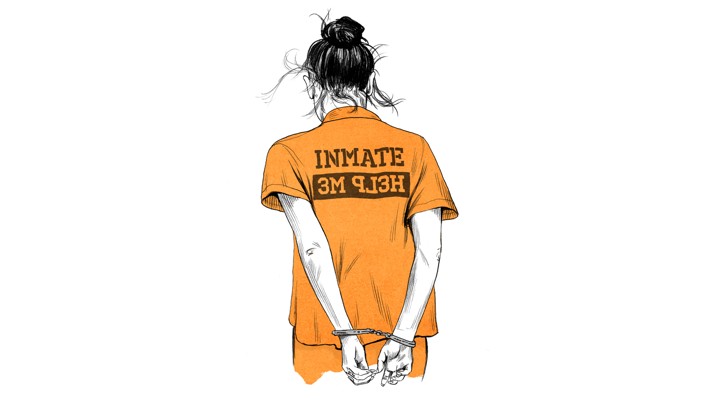

And basically, if you are not actively suicidal or actively psychotic, you're going to be diverted to some other form of treatment. What happens in Oklahoma is that if you come in with symptoms of mental illness, or somebody brings you in for symptoms of mental illness, you're given a score from one to four. In Oklahoma, I visited community clinics – outpatient clinics in the community. It is astonishing to me how difficult it can be to access mental health care in this country. On the scarcity of mental health treatment He had been there a bunch of times before, and they kept saying, "Hey, what happened? What's going on?" And the man didn't say anything until we were getting off the elevator, and then he started asking if he could be sent back to his old cell.

And they kept talking to him because they knew him. He was strapped into a restraint chair for transport from the court to the jail, and I went with the officers to retrieve him and bring him back to a cell. One day when I was there, there was a man who acted up in court and was sent back to the jail. We talk about the civilian mental health care system and the criminal justice system as two separate entities really, in a lot of cases, the patients in both of them are going back and forth between the two.

The officers, too, are legitimately concerned about having things thrown at them or being attacked.Īnother thing that struck me there was this sense of people cycling through. It's easy to portray these people as monsters or otherworldly, and I think we need to remember they're real people who are just not getting the treatment they need. On what Roth learned about mental health care in the criminal justice system County's jail, allowed her inside - to see firsthand what happens there. Some correctional institutions refused Roth's requests when she was researching her book to see their facilities. "And they opened the little door in the cell where you hand food trays through, and there was this almost overpowering smell of feces," Roth says, "because this man had smeared the walls of his cell."īy some counts, Roth says, as many as half of all inmates suffer from some sort of psychiatric disorder jails in New York, Los Angeles and Chicago are now the three largest institutions providing psychiatric care in the U.S. One time when I was, corrections officers came out with a man who had been strapped into a wheelchair and was bleeding from his arm because he had scratched out a piece of his own flesh."Īnother day she accompanied officers as they tried to get inmates to come out for recreation time or for a shower. "You see people who are desperately sick.

"It's unpleasant, it's loud, it's claustrophobic," she tells NPR's All Things Considered.


 0 kommentar(er)
0 kommentar(er)
